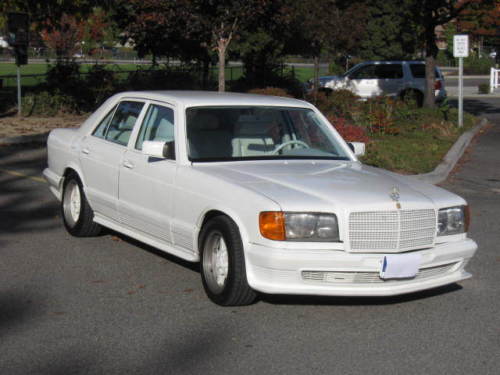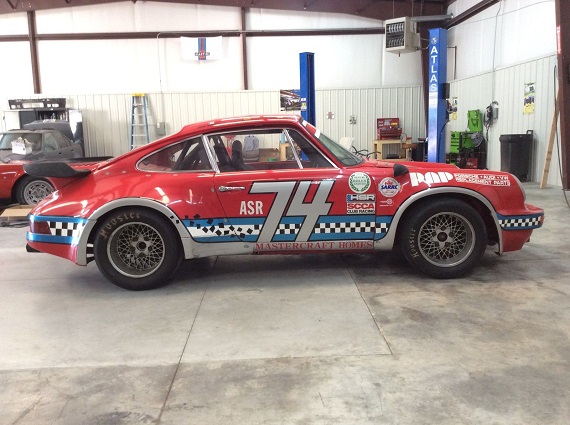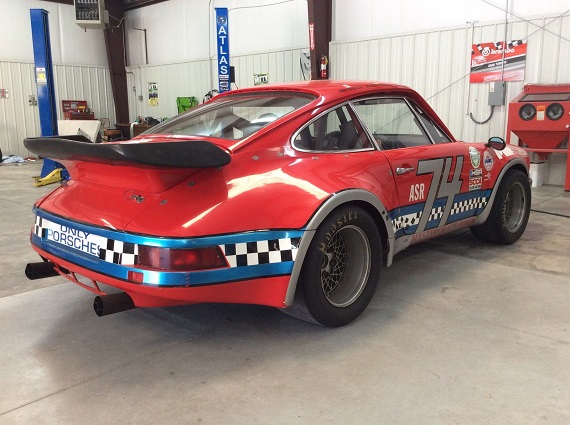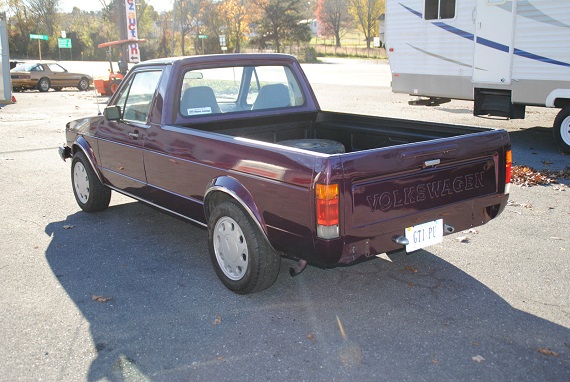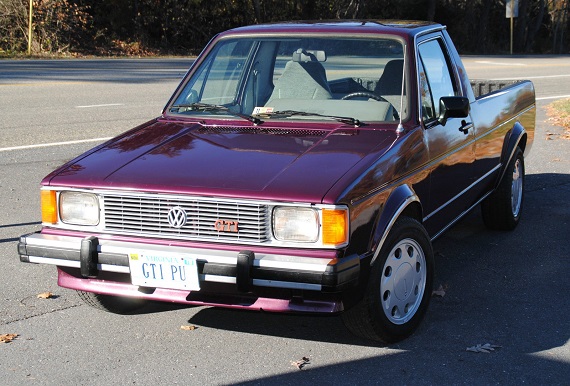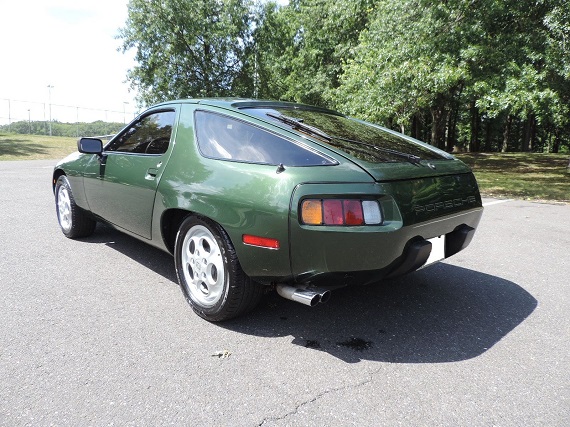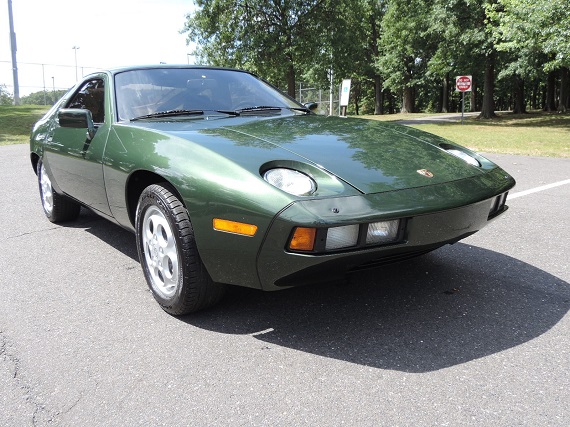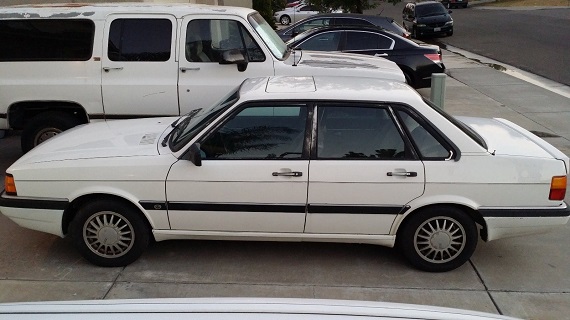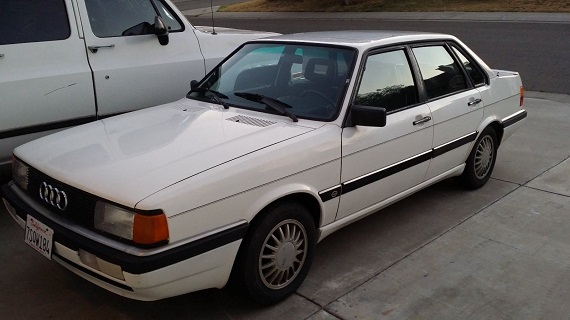Early AMG cars are always a bit of a gamble without proper documentation, but today’s example really had me stumped. The listing has a bit of misinformation and answers few questions about the history or build of this particular W126. The look of the car, too, is questionable mostly because of the poor photo quality. So, let’s see if we can take a closer look and figure out any of what’s here – is this car worth the gamble?
Author: Carter
Valuing a Porsche 911E isn’t really that hard, in the grand scheme. The middle child of the 911 lineup, a quick check of Hagerty’s valuation tool has the average value around $78,000 right now, with a high of $144,000 and a low of $52,500 for a “fair” example. While the 911 market has flattened or cooled slightly, they’re still quite valuable cars. Valuing historic race cars can be more difficult, but as vintage racing is currently in vogue right now, they’re many times more expensive than their road-going counterparts if they are properly sorted factory cars. Figures close to a million dollars aren’t unheard of for the right racer. But the most difficult to value are the non-original, modified racers run by privateers. Sometimes they have a very interesting history, such as this ’71 E does:
CLICK FOR DETAILS: 1971 Porsche 911E on eBay
1 CommentVolkswagen of America’s small pickup truck offered a unique experience at the beginning of the 1980s; basically, the front half of the pickup was a Rabbit, which meant relative comfort, reliability, easy of use and driving and good fuel economy. In back, Volkswagen stretched the wheelbase nine inches and swapped in a tubular axle supported by leaf springs giving the pick up 1,100 lbs of payload capacity and a six foot bed – not too shabby! They even launched a “Sportruck” model, which gave you bucket seats and some really trick decals that covered most of the side. You also got some amazing options for the period, like a tachometer (wooooow) and a 5-speed transmission. However, the mix of 1.7 liter, low compression 8V motors available weren’t exactly going ignite your enthusiast dreams. 78 horsepower channeled through the manual would return a not particularly stunning 0-50 time of 9.7 seconds. 60, you’ll remember, was illegal in the United States at that time, so why bother designing a car that could approach it?
But Westmoreland, PA produced some other neat Volkswagens around the same time, though – notably, the U.S. finally got the higher compression, higher output GTi. Though Volkswagen themselves never combined them, that hasn’t stopped some enterprising individuals:
CLICK FOR DETAILS: 1982 Volkswagen Rabbit Pickup on eBay
2 CommentsAh, the ’70’s. The decade of plaid pants, platform shoes, ill-fitting floral shirts, and green-on-green Porsches. This Porsche 928 stood out to me for a variety of reasons, not the least of which is that quintessentially ’70’s color combination of Oak Green Metallic on Olive Green. That a car could be so monochromatically green is offensive enough, but that the interior and exterior are different shades is just nauseating. It captures the vibe of the decade perfectly.
Then there’s the location. This is the only 928 I’ve ever come across that has lived its entire life in North Dakota. Sold new on February 7th, 1979 by Valley Imports in Fargo, the car remained in the area until at least 2004. I have to wonder if the original owner opted for the $500 “True Coat” option eagerly pushed by famous car salesman Jerry Lundegaard. Anyhow, the color combo and the geographic location of the car are striking, but that’s not all that stood out.
CLICK FOR DETAILS: 1979 Porsche 928 on eBay
5 CommentsWell, here it is – my first car. Okay, mine was a 1986, but it too was Alpine White with Brazil Brown velour. For all intents and purposes, the opening photo for this advertisement could be the same as the one I bought back in 1995. It was a pretty popular color combination on the Type 85 quattro. Coming from a family with European cars but never an Audi, the technology was intriguing. And, being 18 when I bought it, I did all sorts of stupid stuff with that technology. Locking the diffs on the highway? Yup, I did that a few times, because light up indicators on the switchable differential board were the talk of my friends. I also redlined the car pretty much every chance I got. On my first drive, with the car not even registered, I crested 100 mph. Fall soon turned to winter, and I turned into Hannu Mikkola, sideways as every – and I mean every – opportunity. It was a particularly snowy winter in New England from 1995-6, and my work lot was covered in a solid layer of slushy ice. Every morning I’d arrive, get onto the ice, cut the wheel hard and pirouette in a 270 degree slide into my parking spot. I drove through one memorable blizzard from Westerly to Hartford and back in the high speed lane the entire way, only dipping below 65 when someone lost control in front of me. One time I challenged my lifted Jeep-owning friend to see who could make it through 2 feet of snow. By this time, my CSQ was lowered on Eibach springs, but even though the snow was up to the headlights, it didn’t stop. The Jeep? It got stuck. I’d like to think that all of this was because this was I was a driving God, but the reality was that the survival of my 4000CS quattro – and, more importantly, me – came down to how robustly that B2 was built.

